Like grip strength, balance, and aerobic capacity, mobility is a reliable indicator of longevity. The ability to move our joints through a full range of motion with control enables us to keep up with the everyday demands of living, and allows us to participate in the activities that bring us joy.
“If you have any hope of remaining independent, mobility is crucial,” says Michael E. Rogers, PhD, CSCS, director of the Center for Physical Activity and Aging at Wichita State University. “Once you start losing mobility, your [ability to live on your own decreases], and . . . the risk of falls increases dramatically.”
More than one in four older adults fall each year; it’s the leading cause of injury and injury-related death among seniors, says Rogers. And after a fall, they tend to limit their activity, which only leads to less mobility.
“When they do start to move around again, they’re at an even higher risk for a subsequent fall,” he adds.
Mobility not only helps us avoid debilitating falls and do the everyday tasks that keep us independent, but it enables us to stay engaged with people as well, warding off social isolation and the associated cognitive decline.
It also makes it possible to sustain an exercise regimen and reap its many health benefits for the long haul. These perks include improved mood, greater stamina and strength, and a reduced risk of complications from chronic disease.
Together, these benefits make mobility a must for healthy aging.
“Not only will you live longer, but you’ll have a better quality of life,” says Juan Najarro, MD, who practices geriatric medicine at California’s Loma Linda University Medical Center.
Maintaining Mobility With Age
Mobility training doesn’t need to be complicated or intense. One of the best exercises is a fundamental one: walking. Maintaining that movement pattern alone can do wonders for us as we grow older. “Two to three days of walking per week is usually well-tolerated,” Najarro says. (For more on this underrated and underappreciated movement, see “The Powerful Health Benefits of Walking.”)
However, that volume of walking — or walking at all — may be beyond the capabilities of many older adults. Walking in a swimming pool, where the water reduces impact and it’s possible to assist balance by holding on to a wall, is one alternative. Indoor cycling is another low-impact way to work through a full range of motion for the lower body.
Yoga (including chair yoga), Pilates, tai chi, and other low-impact practices are great activities for maintaining mobility, especially if locomotion through walking or cycling is not an option. Tai chi, in particular, has been shown to improve balance, and because it is a gentle exercise, many people can safely practice it for 20 minutes every day.
Resistance training is also vital for building strength across a full range of motion in an aging body. “Low muscle strength, particularly in the lower body, is one of the highest risk factors for mobility limitations,” Rogers says.
The National Institute on Aging recommends working your major muscle groups — chest, back, arms, abdominals, legs, and shoulders — at least two days per week. Use resistance bands, dumbbells, or just your body weight. (Learn more about the many ways exercise benefits aging bodies — plus, get guidelines for training strength, cardio, and balance — at “Fit for Life: You’re Never Too Old to Get Moving.”)
And don’t underestimate the importance of continuing daily activities like climbing the stairs, gardening, and doing household chores. For many of us, mobility becomes a problem when we stop moving, whether due to a sedentary lifestyle, illness, injury, or other causes. The more we consistently move, the more we’ll be able to keep moving.
How to Test Your Mobility
The ability to get up off the floor with minimal support requires flexibility, balance, motor coordination, and muscle power — and it’s a marker of longevity. To help you determine how well you can move, Juan Najarro, MD, who practices geriatric medicine, offers this challenge: Sit down on the ground and stand up without using your hands for support.
If you can sit and stand hands-free, aim to do it as often as possible to retain this high-value skill. Didn’t pass? For a workout designed specifically to build sit–stand strength and mobility, visit “6 Exercises to Help You Get Down on the Floor — and Up off the Floor – With Ease.”
Stay Mobile
Learn more about the importance of mobility at any age — and find exercises to improve mobility in your hips, ankles, shoulders, and elsewhere — with our collection of articles at “Mobility for Healthy Aging.”
This article originally appeared as “Limber for Life” in the June 2023 issue of Experience Life.
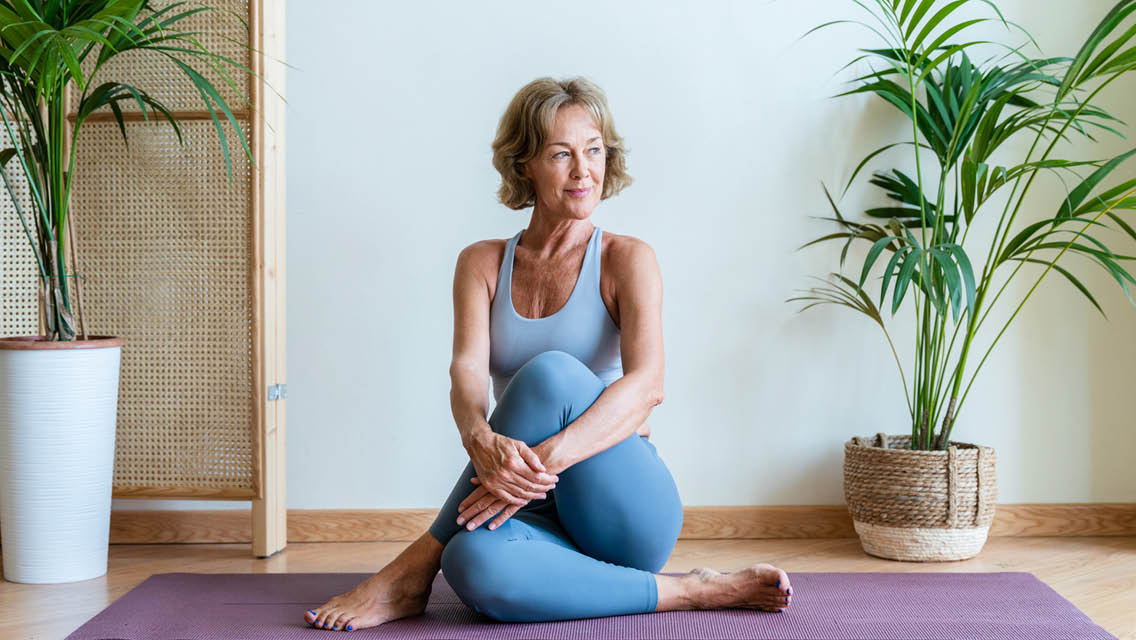

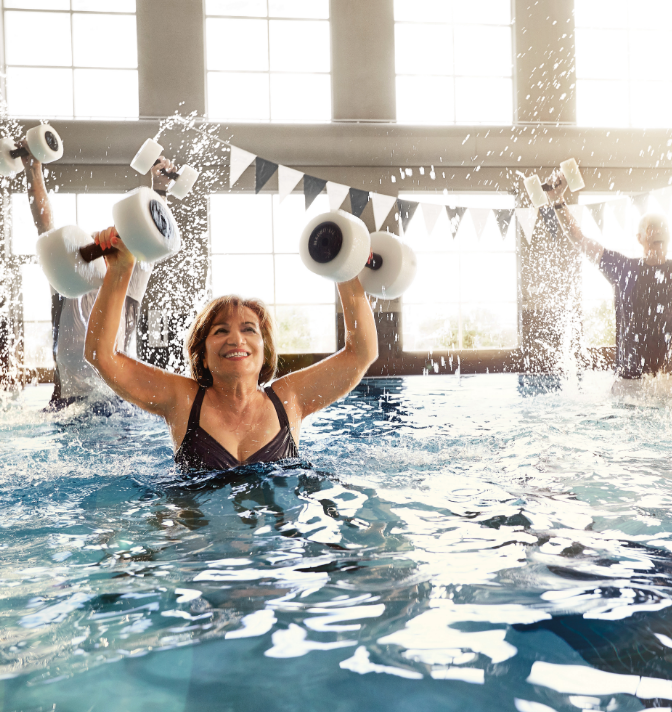
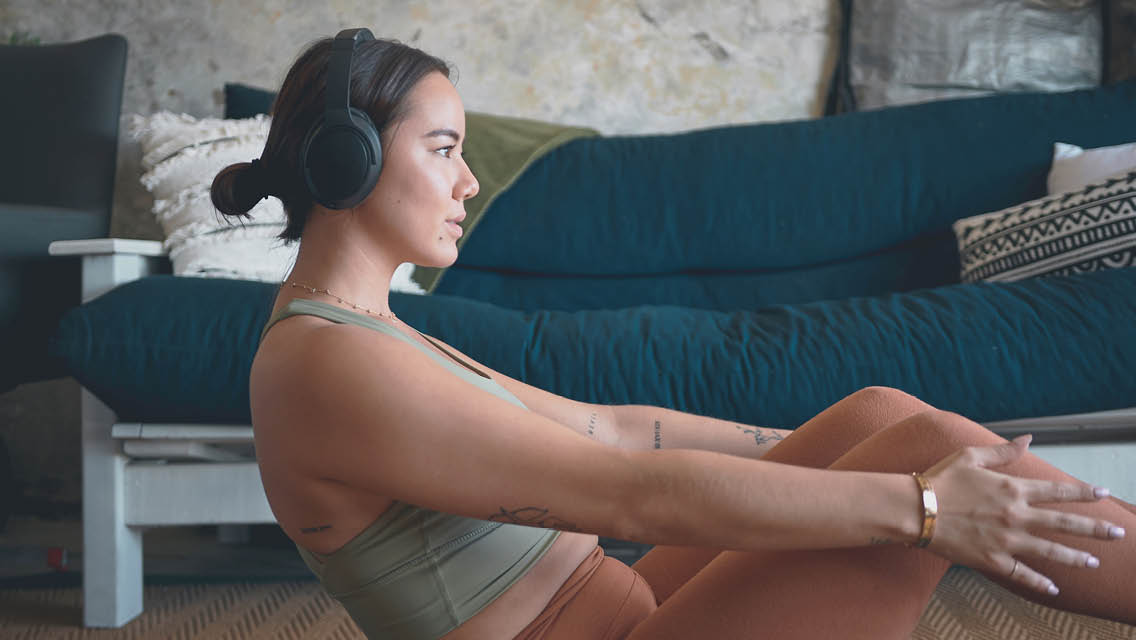
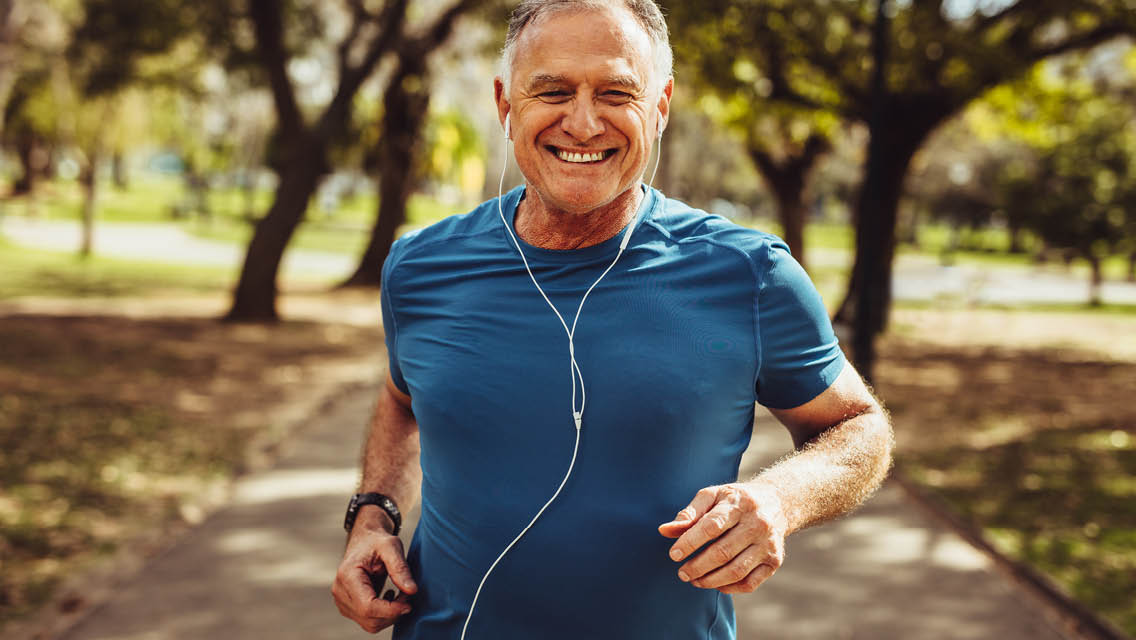
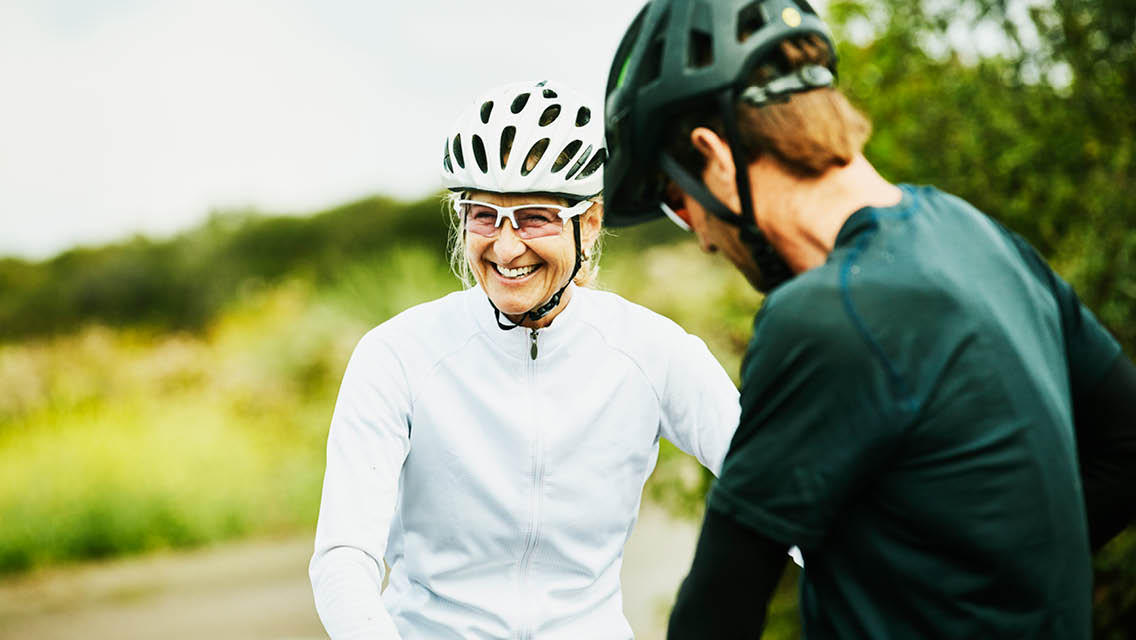
This Post Has 0 Comments